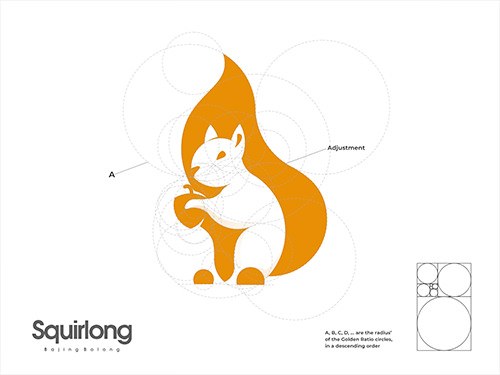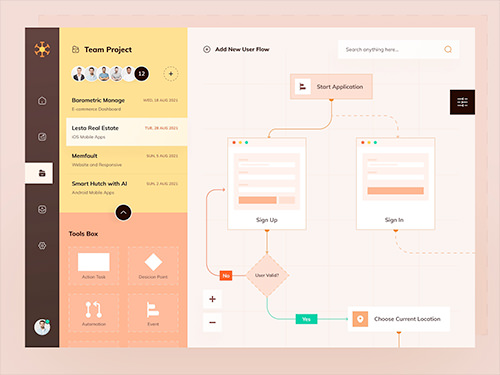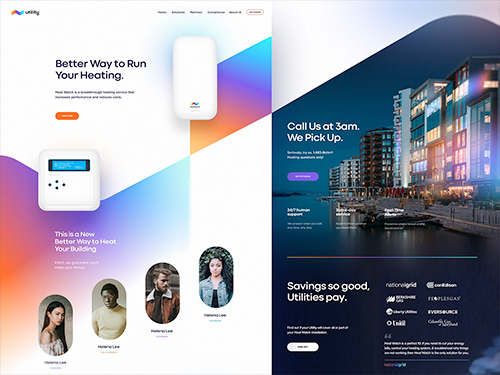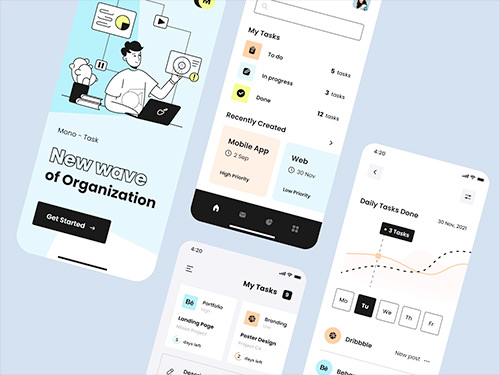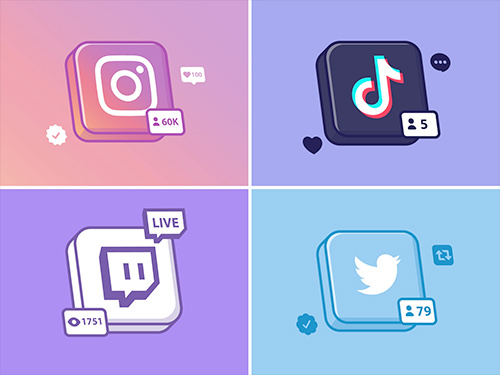- About
Get in touch with Webstring
- Services
- Technology
- Our Work
- Methodology
Design
Branding
With the digital space being more crowded than ever with many brands having increasingly similar products from one competitor to the next, branding design can be a key differentiator in helping a brand stand out and resonate with target audiences.
A brand’s design should ideally represent the personality of a brand, its values, and it can be a powerful tool in shaping consumer attitudes about your brand. Sometimes, a memorable logo or catchy color scheme can leave a longer-lasting impression on consumers than any big-budget ad campaign.
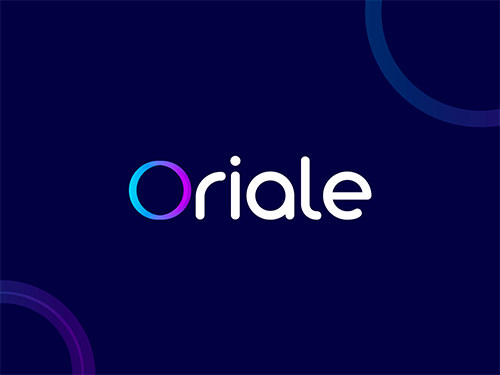
Logos
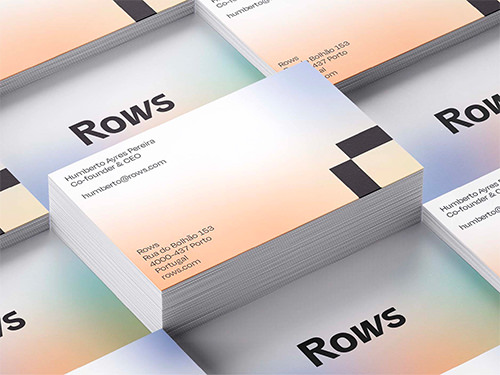
Cards & Letterheads
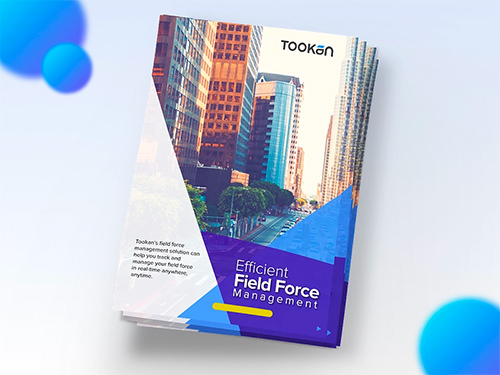
Pamphlets & Brochures
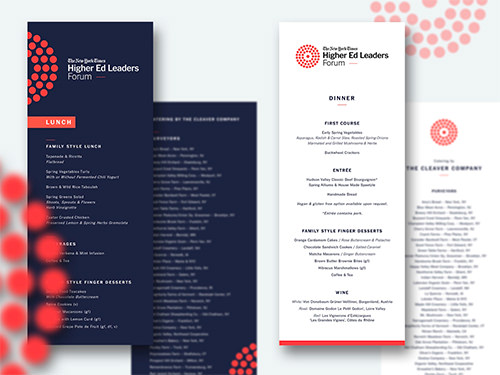
Menu's & Ads
Branding Process
Phase 1
Build your brand strategy
The first step is perhaps the biggest. Who are you as a brand, or rather, who do you want to be? Define the “why” for your existence and focus on a set of core values you want to have as a brand.
Phase 1
Phase 2
Do market research
To best position yourself in a market, you must first understand that market. Building a brand strategy without knowing your target audience or your competitors is just shooting in the dark.
Phase 2
Phase 3
Develop your brand identity
Your brand identity is made up of tangible, recognizable brand elements that work as a cohesive whole. The main objective of every brand identity is to create something distinct and recognizable by customers.
Phase 3
Phase 4
Build your style guide
Though often considered “optional,” brand style guides go a long way for ensuring the success of your branding process. All the work you put into understanding your brand and designing your brand elements is wasted without a style guide to keep track of your choices.
Phase 4
Phase 5
Work on brand awareness
Also known as “brand awareness building,” this step of the branding process is concerned with your long-term branding strategies. Creating a brand is only the beginning.
Phase 5
The process is continuous
There’s a great deal of beauty in building something, allowing all the parts to interact in harmony. When you actively choose what to include or take away, then you yourself become a part of what you’re making.
But unlike constructing a building or painting a picture, making a brand never really ends. There are always tweaks and sometimes even complete do-overs, not to mention periodic updates. It helps to have a reliable core to your brand personality, something to trace yourself back to the root of it all: your values and purpose.






